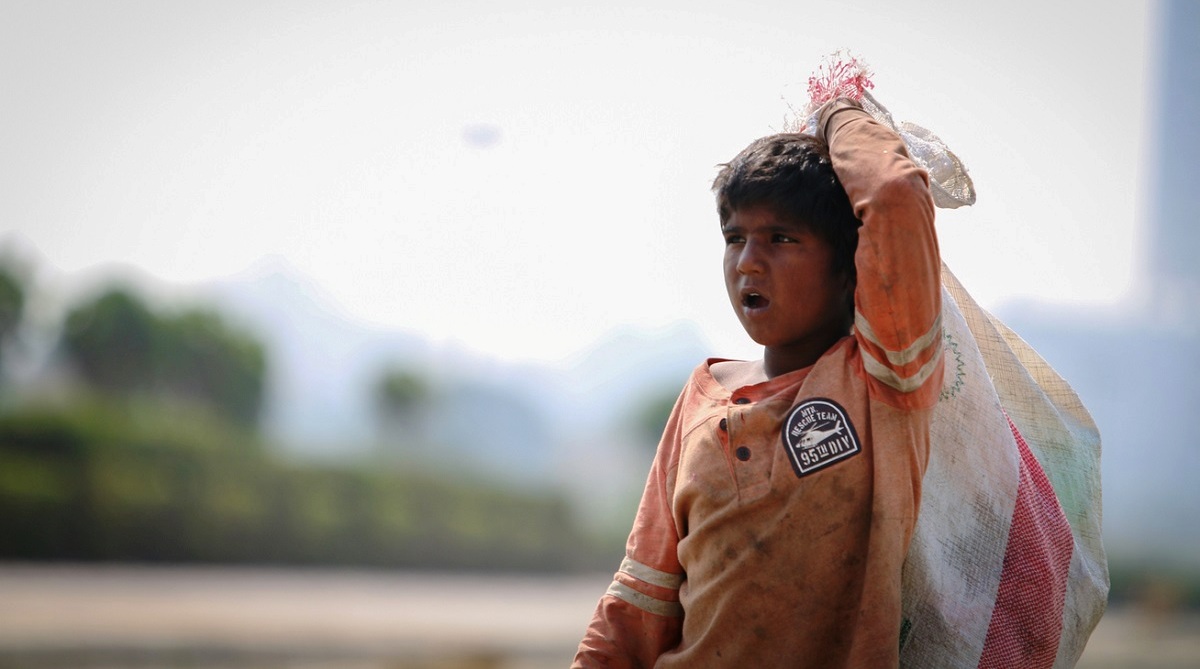World recognized unwavering valour of Indian soldiers during Kargil War: Adityanath
Uttar Pradesh Chief Minister Yogi Adityanath on Friday said the world recognized the indomitable valour and courage of Indian soldiers during the Kargil War.
Across the age group 15-18 years, the picture becomes even more grim, with 23 million children required to serve as breadwinners, according to Child Rights and You (CRY).

(Representational Image: iStock)
That child labour comprises 13 per cent of India’s workforce should make citizens cower in shame but Indians have neither compunction in employing the under-aged or being served by them, so focused is the country on getting work done cheap. At least 10.1 million children slog at inhospitable places instead of having a childhood; some five-six million of them are between the ages of five and 14. Many are in hazardous vocations with bidi and firework-making industries, quarrying, mining, hotels and eateries amongst the significant employers. Matters have become worse after the literal decapitation of the farm sector, throwing families out of agriculture-linked livelihoods. Across the age group 15-18 years, the picture becomes even more grim, with 23 million children required to serve as breadwinners, according to Child Rights and You (CRY). Earlier, much of such child labour was engaged in the safer environs of family farms that have ceased to exist and this lot ~ comprising 60 per cent of working children in agriculture- related activities ~ finds itself moving into all kinds of jobs in the informal sector. There is also an increasing urbanisation of child labour with the number in the rural space coming down from 11.3 million to 8.1 million between the 2001-2011 censuses alongside a rise in number in the urban space, though there is a reduction in the total number. This is clearly the result of the range of remedial programmes and laws to protect the child from exploitation and to impact the supply chain of such depravity, which have met with insufficient success though. Year 2017-18 saw around 50,000 child workers rescued or rehabilitated, which is hardly significant given the size of the problem. Apart from the sheer compulsions of poverty and general callousness of the better-off, activists have encountered a brick wall in the minds of impoverished parents who do not seem to accept how utterly wrong it is to deploy the child as a wage earner. Worse, there are instances where the child is sent to work as part of the bonded labour package that families find themselves committed to, repaying debts incurred by their ancestors. Unicef figures say that Uttar Pradesh has the largest number of child workers at 2.1 million followed by Bihar, Rajasthan, Madhya Pradesh and Maharashtra. Analysis of census data in the public domain indicates that between 2001 and 2011, eastern Uttar Pradesh, the region around Delhi and Jammu and Kashmir experienced the greatest increase in nonfarm child labour. Such children are engaged in the service sector ~ as domestic help and in other dehumanising work ~ and this sector now employs 30 per cent of all non-farm child workers. The regret becomes greater because they defy rehabilitation efforts such as enrolment in schools.
Advertisement